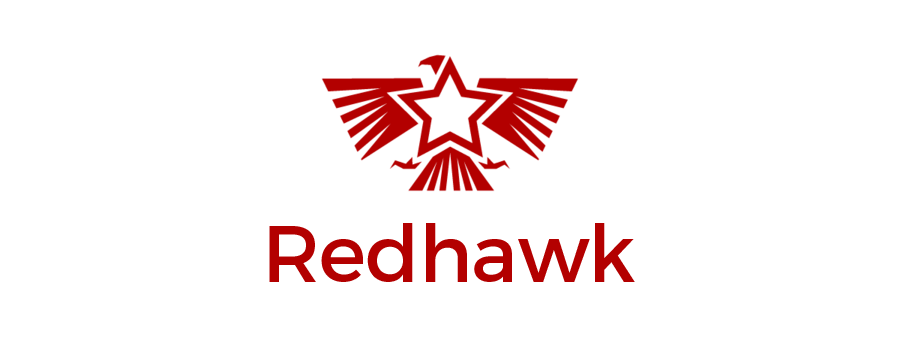Within 10 days of Shipt announcing it had secured an additional $40 million through series B funding, Amazon announced it had purchased Whole Foods for almost $14 billion, and Instacart announced it will become the only official partner of Publix in 2020 and offer delivery service through every Publix location, beginning in Shipt’s Birmingham backyard.
“Alexa, Bring Me a Dozen Bananas.”
Amazon has already been delivering on-demand grocery pickups through its AmazonFresh service in limited locations. With the addition of the 431 Whole Foods locations and the investment Amazon has already made in advanced logistics, it’s almost a given they will start offering pickup and delivery services in each of those locations. Shipt points to the 43 cities they’re currently servicing in the Southeast and Midwest markets as validation of demand and their ability to scale. Amazon likely agrees. With their new Whole Foods retail footprint, an estimated 65 million Amazon Prime subscribers already paying annual memberships to the online giant, and Amazon’s ability to recreate the basic architecture of Shipt’s app/ interface/ automation tech, what is really stopping them from supplanting Shipt?
Instacart Moving Into B and C Markets
Shipt specifically targeted smaller markets in the regions of the country where Instacart and others had a weak or non-existent presence. Last year, Instacart started offering delivery in smaller markets and found enough success to ink their recent exclusive deal with Publix. This is a big deal as Publix is a major partner for Shipt and has more than 1,100 locations in the Southeast—with 773 of those in Florida alone. Shipt will probably still be able to offer delivery from Publix locations but won’t be considered an official partner—which means any marketing fees, promotional consideration, or branding received from Publix will go away. If that’s the case, those shops become far less profitable and Shipt will either have to raise subscriber fees or eliminate popular Publix as an option for Shipt members.
Is the $60 Million in Funding a Problem for Shipt?
Instacart raised $400 million on a $3.4 billion valuation in March of this year. In total, they have raised $675 million over seven rounds. They currently offer service in more than 1,200 cities. That translates into $562,333 of investment per city. Shipt has raised $65.2 million over three rounds which translates into more than $1.5 million of investment per city. The bulk of that funding, $40 million, was announced just days before the Instacart/Publix deal and a week before the Amazon/Whole Foods deal. Is their future valuation now lower than what it was last week? Assuming they’ll need even more capital to compete against Amazon and Instacart, how will that affect future fundraising?
Don’t Forget About Walmart
Walmart has also been testing its own delivery service by paying their employees small fees for delivering products to customers that are on the employee’s way home. Time will tell if this becomes a meaningful segment for Walmart, but with a $219 billion market cap, Walmart can launch whatever service it wants in the same smaller cities Shipt already services.
What’s Next for Shipt
There is likely going to be some form of pivot coming from Shipt, and no one outside of their boardroom really knows what that will be. Anything is possible—from going after even more funding to compete in the space to aggressively shopping Shipt for acquisition. Bill Smith, the founder of Shipt, is a savvy and accomplished entrepreneur. From an outside perspective, he has built a solid team, and the culture within Shipt is reported to be strong. All of which will serve them well as they consider their options in this new landscape. Amazon may choose not to pursue delivery. Walmart may not enter the market. It’s entirely possible that Shipt finds a way of successfully competing with Amazon, Instacart, and Walmart even if they plan to pursue the same opportunities as Shipt. If they do pull off a successful competitive strategy, they will have cemented their reputation as the big startup “win” Birmingham has been hoping they are.



